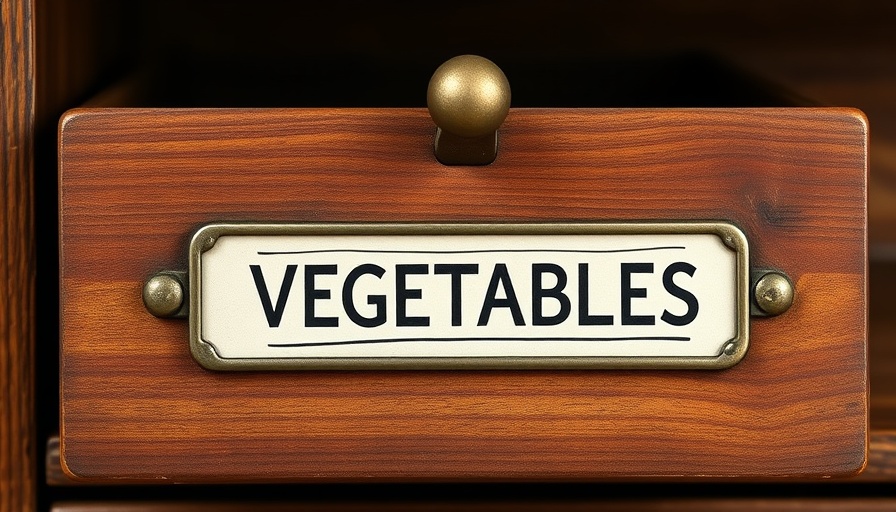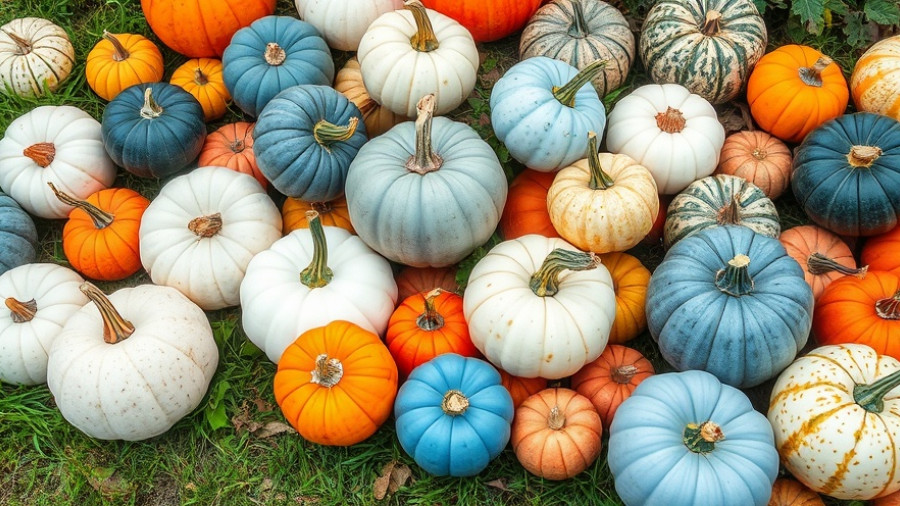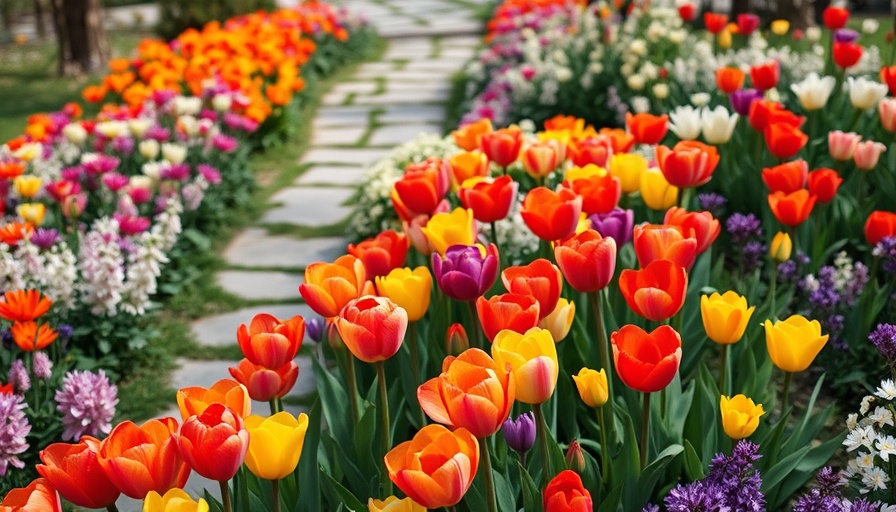
The Perfect Time to Start a Seed Library
As the vibrant hues of autumn blanket our gardens, it's not just a season for raking leaves or cleaning out the gutters; it's also an opportune moment to consider launching a seed library. This initiative not only helps in preserving heirloom plants but also strengthens the bonds within our communities. By creating a communal space for sharing seeds, we foster connections with neighbors and cultivate a spirit of sustainability.
What Exactly Is a Seed Library?
A seed library acts as a community-driven repository for seeds, where gardeners can borrow seeds in spring, grow them in their gardens, and later return a portion of their harvest to the library. Think of it as an exchange hub for biodiversity. It's an inspiring project that can range from a simple shelf in a local community center to a more elaborate setup in public parks. The principle is simple: nurture diversity and promote local gardening practices.
Building Community Through Seed Libraries
At the heart of the seed library concept is the idea of community cohesion through shared interests. Neighbors can trade seeds, swap gardening tips, and engage in local farming initiatives that highlight sustainability. This charitable spirit not only supports the environment but also breaks down barriers, making it easier for diverse groups to connect. Ultimately, seed libraries can serve as a cornerstone for educational initiatives, promoting awareness about the importance of heirlooms and responsible gardening.
Steps to Planning Your Seed Library
Whether you wish to set up in a small neighborhood or a broader community space, planning is vital. Begin by defining its scope: determine who it will serve and what types of seeds you want to offer—vegetables, herbs, or flowers. Take into consideration your storage options; you might start with a small cabinet or opt for a larger community space. Clearly labeled packets will help keep the collection organized and accessible.
Creating a Physical Space for Your Seed Collection
Every great project needs a tangible foundation. A dedicated space to house your seed library lends credibility and magic to your initiative. This could be a revamped corner in a community center or a cozy shed in a private garden. Regardless of the location, ensure it's dry, cool, and labeled for easy access. Simple shelving can transform an ordinary space into a vibrant hub for gardeners.
Nurturing Future Generations
One of the most profound benefits of starting a seed library is its role in educating future generations about the importance of biodiversity and sustainable agriculture. Parents and educators can leverage the library to teach kids about seed-saving practices, the life cycle of plants, and even basic botany. Instilling these values in younger generations is crucial for cultivating environmental stewardship and innovation.
Addressing Common Misconceptions
Some people might think starting a seed library is a daunting task that requires extensive gardening knowledge or a large community. In reality, you can begin small; even a handful of local gardeners can create significant impact. Simplifying the process with approachable guidelines makes participation easy and spreads enthusiasm.
Embracing the Challenges
Of course, like any initiative, there will be challenges. You may encounter issues like fluctuating interest levels or seed viability over time. Regular stock checks and community engagement days can help maintain enthusiasm and ensure the quality of seeds. Facilitating seed swaps and workshops will keep the community invested and encourage ongoing participation.
Conclusion: Embark on the Journey!
Now is the time to embrace the potential of your neighborhood by starting a seed library. This project not only keeps heirloom varieties alive but also fortifies community bonds. By leveraging simple planning and dedicated volunteers, you can transform your area into a flourishing hub of creativity and ecological mindfulness. So, gather your seeds, rally your neighbors, and get ready to sow the seeds of change!
 Add Row
Add Row  Add
Add 




Write A Comment